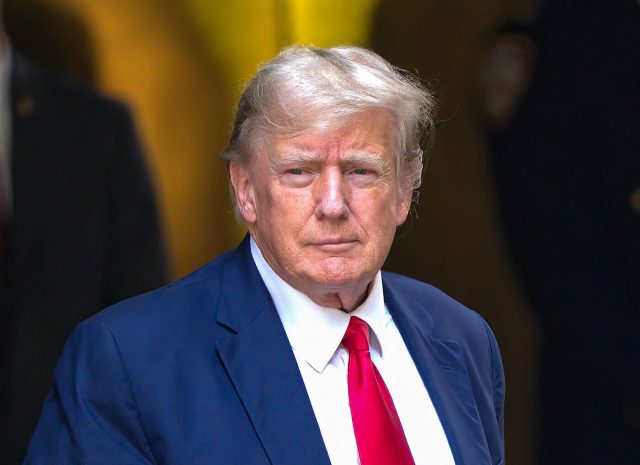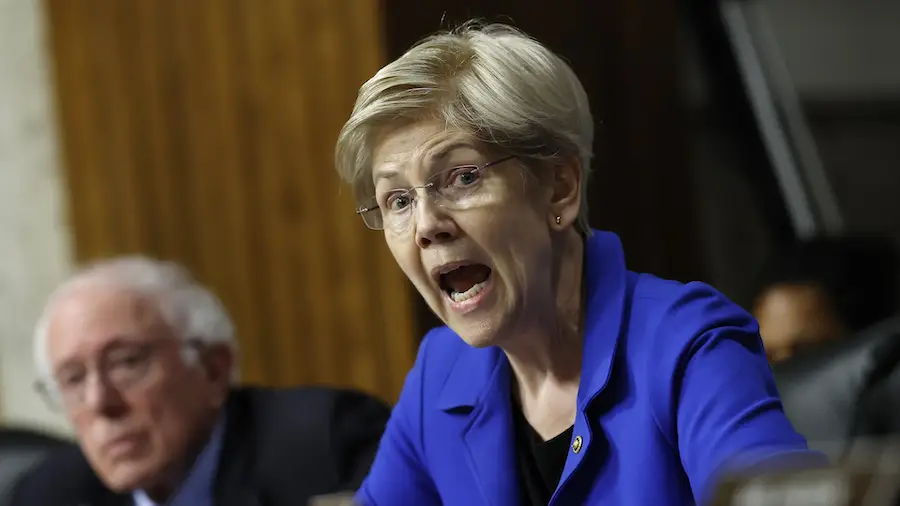- The USD/MXN reaches its highest price on Monday in almost three years.
- The US dollar is strengthened against its rivals against Donald Trump’s tariff policy.
- USA begins to apply 25% tariffs to imports from Mexico.
The US dollar shot at the Asian opening against its counterparts, especially in front of those currencies affected by the tariffs of the United States government. The USD/MXN jumped in minutes of a daily minimum of 20.68 to a maximum of 35 months in 21.29. At the time of writing, the par quotes over 21.04, winning 1.59% in the day.
The dollar rises to three -week maximums with the imposition of Trump tariffs
The US dollar index (DXY) has raised today to 109.80, its highest level since January 13, promoted by the first round of application of tariffs of the United States government. Canada and Mexico have begun to pay 25% taxes and China 10%.
The US president, Donald Trump, has also threatened the eurozone in the last hours, although he has not specified what type of tariffs will impose or from when.
While, the US economic calendar has published today the data of the PMI manufacturing of January ISMshowing a strengthening of the sector with a rise at 50.9 points from December 49.3. The figure improves the 49.8 expected by the market, which has given new impulse to the dollar.
This week, the USD/MXN operators will be very aware of several events, among which the Banxico’s interest rates decision Thursday and non -agricultural payrolls on Friday.
USD/MXN Price levels
The tendency is clearly alive in the short, medium and long term. A new up of the USD/MXN would have to overcome today’s ceiling in 21.29 to be able to move around 21.46, March 2022. Above, the main barrier will be in the psychological zone of 22.00.
Down, a solid decrease below the 21.00 zone will point to the mobile average of 100 periods in one -hour graph at 20.67.
US dollar FAQS
The US dollar (USD) is the official currency of the United States of America, and the “de facto” currency of a significant number of other countries where it is in circulation along with local tickets. According to data from 2022, it is the most negotiated currency in the world, with more than 88% of all global currency change operations, which is equivalent to an average of 6.6 billion dollars in daily transactions. After World War II, the USD took over the pound sterling as a world reserve currency.
The most important individual factor that influences the value of the US dollar is monetary policy, which is determined by the Federal Reserve (FED). The Fed has two mandates: to achieve price stability (control inflation) and promote full employment. Its main tool to achieve these two objectives is to adjust interest rates. When prices rise too quickly and inflation exceeds the 2% objective set by the Fed, it rises the types, which favors the price of the dollar. When inflation falls below 2% or the unemployment rate is too high, the Fed can lower interest rates, which weighs on the dollar.
In extreme situations, the Federal Reserve can also print more dollars and promulgate quantitative flexibility (QE). The QE is the process by which the Fed substantially increases the flow of credit in a stuck financial system. It is an unconventional policy measure that is used when the credit has been exhausted because banks do not lend each other (for fear of the default of the counterparts). It is the last resort when it is unlikely that a simple decrease in interest rates will achieve the necessary result. It was the weapon chosen by the Fed to combat the contraction of the credit that occurred during the great financial crisis of 2008. It is that the Fed prints more dollars and uses them to buy bonds of the US government, mainly of financial institutions. Which usually leads to a weakening of the US dollar.
The quantitative hardening (QT) is the reverse process for which the Federal Reserve stops buying bonds from financial institutions and does not reinvote the capital of the wallet values that overcome in new purchases. It is usually positive for the US dollar.
Source: Fx Street
I am Joshua Winder, a senior-level journalist and editor at World Stock Market. I specialize in covering news related to the stock market and economic trends. With more than 8 years of experience in this field, I have become an expert in financial reporting.







